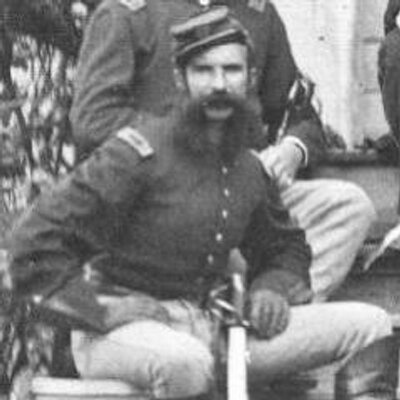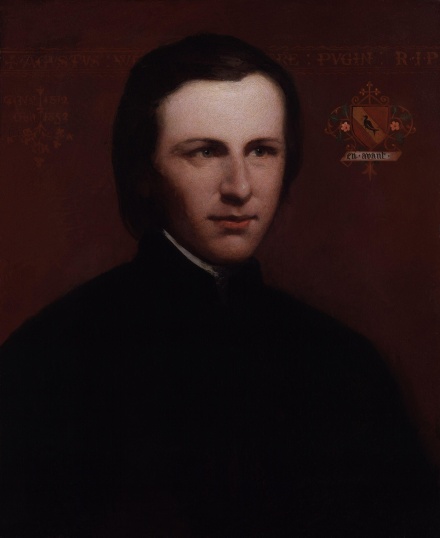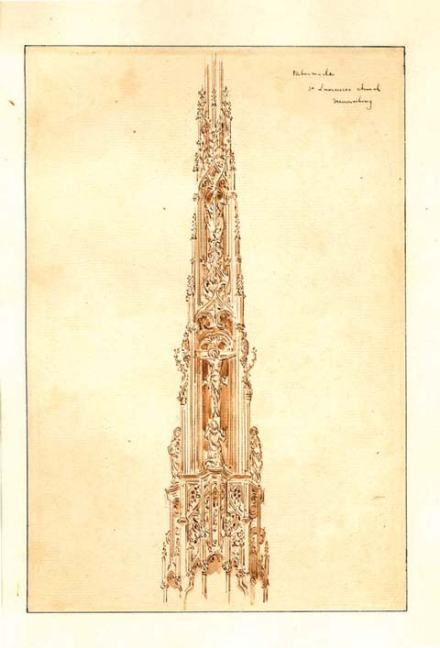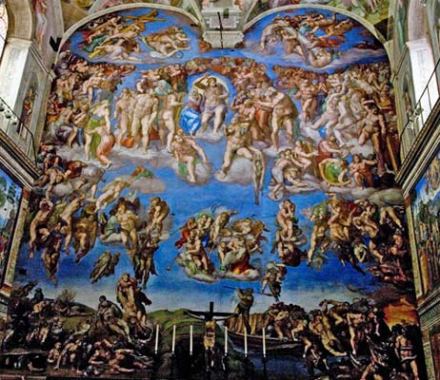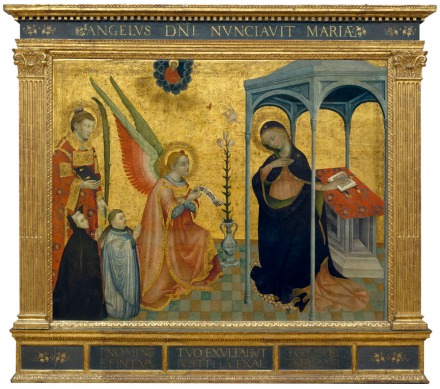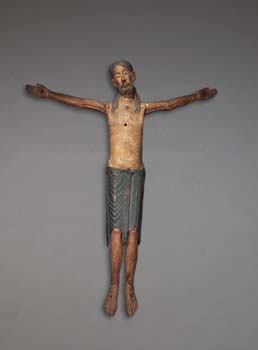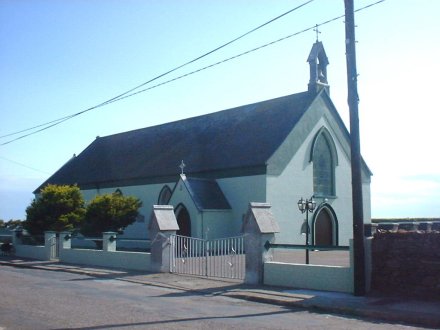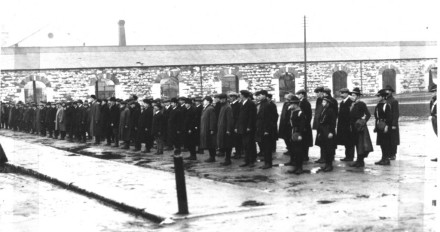
Cork Volunteer units on parade at Cornmarket Yard in 1916
On Easter Sunday, 23rd April 1916, a party of armed men boarded the scheduled train service from Youghal to Cork at Mogeely station. The men were Irish Volunteers from Dungourney and the surrounding area. They were summoned to Cork by the original order to attend manoeuvres for that day. On arrival in Cork they assembled in the Volunteer Hall where Tomas McCurtin was obliged to tell them that the planned ‘manoeuvres’, in actual fact an armed uprising, had been called off by Eoin McNeill. McCurtin was so disgusted that he described the situation as ‘Order, counter-order, disorder.’

The German steamship SS Libau was renamed ‘Aud‘ after a Norwegian vessel before she was commissioned to smuggle arms and munitions to Ireland for the intended rebellion in 1916. She was intercepted by the Royal Navy and was scuttled off the Daunt Rock. just south of Cork Harbour, on 22nd April, two days before the Easter Rising began.
But the rebellion’s chances of even remote success were already damaged by the capture of Roger Casement at Banna Strand in Kerry and the capture of the ‘Aud‘ which was shipping arms and munitions from Germany to Ireland under an assumed Norwegian identity. The men from Mogeely had been joined by men from Queenstown, and many of them remained overnight in the Volunteer Hall. But on the following day, Easter Monday, the hall was surrounded by troops and a siege, actually a stand-off, ensued for the week while Dublin was the scene of fierce fighting. The upshot of the whole affair was that the Volunteers surrendered their arms and later were rounded up and shipped off to detention, many being sent to Frongoch in Wales. On the whole, Cork’s .contribution to the Easter Rising seemed something of a damp squib. That would be rectified in the years 1919-1921 when the county was the scene of fierce fighting during the War of Independence.
There was one romantic Cork link to the fighting in Dublin in Easter week 1916. Today’s edition of the The Irish Examiner revealed an astonishing tale of lost love and lost identity that connects the Hurley family of Drinagh in the western part of the county and the O’Brien family of Conna and Ballinacurra, near Midleton. The tale of Sean Hurley and Kathleen O’Brien is an excellent example of how genealogy can fill in some unexpected gaps in our knowledge of the events.
This link will illustrate the whole tale: http://www.irishexaminer.com/ireland/mystery-of-volunteers-romance-solved-as-letter-provides-link-to-cork-man-killed-in-rising-389541.html
